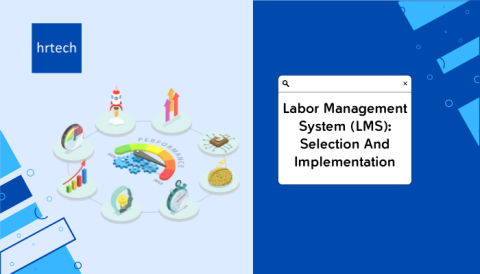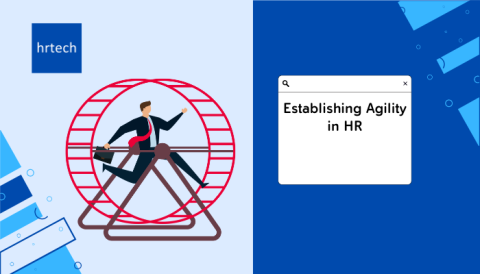According to the latest data from the U.S. Bureau of Labor Statistics, out of 119,988 full-time workers, the total absence rate is 3.2%. Today, attendance management in HR has evolved far beyond marking present or absent on a paper register.
With remote work, flexible schedules, and compliance requirements, managing attendance has become a complex challenge that directly impacts payroll accuracy, compliance, and productivity. You need systems that can handle multiple work arrangements, track various leave types, and provide real-time insights into workforce patterns.
In this guide, we break down everything you need to know about attendance management in HR, from basic concepts to advanced solutions, along with effective implementation strategies.
Key Takeaways:
- Automated tracking reduces errors: Modern attendance systems cut payroll errors significantly compared to manual methods.
- Compliance becomes manageable: Digital systems automatically track overtime, breaks, and leave according to labor law requirements.
- Real-time insights drive decisions: Advanced analytics help identify attendance patterns and potential workforce issues before they escalate.
- Integration saves time: Integrated HR solutions connect attendance data with payroll, scheduling, and performance management.
- Employee self-service improves satisfaction: Mobile access and self-service portals reduce HR workload while empowering employees.
What is Attendance Management in HR?

Attendance management in HR refers to the systematic process of tracking, monitoring, and managing employee work hours, absences, leaves, and break times. This includes recording when employees start and end their workday, managing various types of leave requests, tracking overtime hours, and ensuring compliance with labor laws and company policies.
Modern attendance management goes beyond simple time tracking. It encompasses shift scheduling, managing different work arrangements like remote and hybrid setups, processing leave applications, and generating reports for payroll and compliance purposes.
For example, a manufacturing company needs to track shift workers’ exact clock-in times, while a tech startup might focus more on flexible hours and project-based productivity.
Effective attendance management provides the foundation for accurate compensation, helps maintain operational efficiency, and reduces disputes over work hours and leave entitlements. Let’s learn more about the importance of attendance management systems.
Why is Attendance Management Important for Businesses?
Knowing the importance of attendance management helps you see why investing in proper systems pays off. Here are the key benefits that directly impact your business operations:
- Accurate payroll processing: Precise attendance data prevents calculation errors, reduces payroll disputes, and ensures employees are paid correctly for regular hours, overtime, and leave taken.
- HR Compliance made simple: Automated systems help you stay compliant with labor laws regarding work hours, overtime regulations, and mandatory break requirements without manual oversight.
- Operational efficiency: Real-time attendance data helps managers make informed decisions about resource allocation, project staffing, and shift coverage before issues arise.
- Cost control and visibility: Track patterns like frequent tardiness, excessive overtime, or unexpected absences that directly impact your labor costs and operational budget.
- Employee accountability: Clear attendance policies backed by reliable tracking systems create transparency and fairness in how attendance is managed across your organization.
- Data-driven workforce planning: Historical attendance patterns help you forecast staffing needs, plan for seasonal variations, and identify departments that may need additional resources.
With all these benefits in mind, you’re probably wondering which type of system will work best for your specific situation.
What are the Types of Attendance Management Systems?

Choosing the right attendance management system depends on your business size, industry requirements, and workforce structure. Here’s a breakdown of the main types available:
| System Type | Best For | Key Features | Implementation Cost |
| Manual/Paper-based | Very small businesses | Simple, immediate setup | Low upfront, high ongoing |
| Spreadsheet-based | Small teams (5-20 employees) | Basic calculations, familiar interface | Low to medium |
| Biometric Systems | Manufacturing, retail | Fraud prevention, accurate tracking | Medium to high |
| Cloud-based Software | Growing businesses | Scalable, remote access, integration | Medium, subscription-based |
| Mobile Apps | Remote/field workers | GPS tracking, offline capability | Low to medium |
| Integrated HRMS | Large enterprises | Complete HR ecosystem | High, comprehensive ROI |
Let’s look at each type in detail:
1. Manual and Paper-Based Systems
Traditional attendance registers and time cards are still used by small businesses with simple requirements. Employees sign in and out, and HR manually calculates hours worked. For instance, a local restaurant with 8-10 staff members might use a simple logbook where servers and kitchen staff write their arrival and departure times.
While these systems have minimal upfront costs, they’re prone to errors, time theft, and become unmanageable as your business grows. Manual calculation of overtime, leave balances, and compliance reporting quickly becomes overwhelming.
2. Biometric Attendance Systems
These systems use fingerprint, facial recognition, or iris scanning to record employee attendance. A manufacturing company might install fingerprint scanners at factory entrances to ensure accurate clock-in times and prevent buddy punching (when one employee clocks in for another).
Biometric systems offer high accuracy and prevent fraud, but require upfront investment in hardware and may face privacy concerns from employees. They work best for businesses with fixed work locations and standardized schedules.
3. Cloud-Based Attendance Software
Web-based platforms accessible from any device with internet connectivity. Employees can clock in through web browsers or mobile apps, while managers access real-time reports and analytics. For example, a digital marketing agency with remote workers can track productivity and project hours regardless of employee location.
These solutions typically offer integration with payroll systems, leave management, and scheduling tools. The subscription model makes them affordable for growing businesses, with costs scaling based on employee count.
Want to see how modern attendance management fits into a complete workforce strategy? TeamLease helps businesses implement integrated solutions that connect attendance tracking with payroll processing, compliance management, and strategic HR analytics.
4. Mobile Attendance Applications
Smartphone-based solutions ideal for field workers, sales teams, and remote employees. These apps often include GPS tracking to verify work locations and offline functionality for areas with poor connectivity. A construction company might use mobile attendance apps to track workers across multiple job sites.
Advanced mobile solutions can capture photos during clock-in, track mileage for field workers, and integrate with project management tools to connect attendance with specific tasks or clients.
Now, knowing the types of systems available is important, but it’s also essential to know about the specific features you should consider when making your selection.
What are the Key Features of Modern Attendance Management Systems?

When evaluating attendance management solutions, focus on features that solve your specific business challenges. Here are the essential capabilities that drive real business value:
- Real-time tracking and monitoring: Get instant visibility into who’s working, who’s on break, and who hasn’t clocked in yet.
- Multiple clock-in options: Support various methods like web portals, mobile apps, biometric scanners, and QR codes to accommodate different work environments.
- Leave management integration: Connect attendance tracking with leave requests, approvals, and balance calculations automatically.
- Overtime calculation and alerts: Automatically track when employees approach or exceed overtime thresholds, helping you control labor costs.
- Shift scheduling and rotation: Manage complex shift patterns, handle schedule changes, and ensure adequate coverage across different time zones.
- Compliance reporting: Generate reports required for labor law compliance, including overtime summaries and break time tracking.
- Employee self-service portals: Allow employees to view attendance records, check leave balances, and submit time-off requests without HR involvement.
- Integration capabilities: Connect with existing payroll, HR information systems, and accounting software to prevent duplicate data entry.
The best systems combine these features into an intuitive interface that reduces training time and adoption challenges while providing the depth of functionality needed for complex workforce management scenarios.
Having the right features matters, but even the best system won’t help if your team won’t use it. Here’s how to roll out your chosen solution successfully.
How Do You Implement Attendance Management Systems Effectively?

Successful implementation requires careful planning and stakeholder buy-in. Here’s a practical approach that minimizes disruption while maximizing adoption:
1. Start with Current State Analysis
Document your existing attendance processes, identify pain points, and establish baseline metrics for accuracy, time spent on administration, and common issues. For instance, if you’re currently spending 10 hours per week on manual attendance calculations, this becomes your improvement target.
Map out different employee groups and their specific needs – office workers might need flexible clock-in options, while factory workers need precise shift tracking. This analysis helps you choose features that address real problems rather than implementing technology for its own sake.
2. Choose the Right System for your Business
Consider your company size, growth plans, budget constraints, and technical capabilities. A rapidly growing startup might prioritize scalability and integration options, while an established business might focus on advanced analytics and compliance features.
Evaluate vendors based on their ability to support your specific industry requirements. Manufacturing companies need different features than consulting firms or retail operations.
3. Plan for Change Management
Introduce new systems gradually, starting with a pilot group or single department. This allows you to identify issues and refine processes before company-wide rollout. Train managers first so they can support their teams during transition.
Communicate the benefits clearly – employees want to know how the new system makes their lives easier, not just how it helps the company. Focus on features like mobile access, easier leave requests, and transparent attendance records.
4. Establish Clear Policies and Procedures
Update your employee handbook to reflect new attendance tracking methods, define acceptable use policies, and explain how data will be used. Clear policies prevent confusion and reduce resistance to new systems.
Set expectations for clock-in procedures, break time tracking, and how to handle technical issues. The more specific your guidelines, the smoother your implementation will be.
Ready to move beyond basic attendance tracking to strategic workforce management? TeamLease Digital provides complete implementation support, from system selection through employee training, ensuring your attendance management solution delivers measurable business results.
Even with careful planning, you’ll likely face some common roadblocks during implementation and ongoing use. Let’s explore more about them so that you can handle them effectively.
Common Challenges in Attendance Management and Solutions

Even with modern systems, organizations face recurring challenges that can undermine attendance management effectiveness. Here are the main issues and how to address them:
- Resistance to new technology: Employees comfortable with existing processes may resist digital systems. Focus training on benefits rather than features and show how the new system saves time and provides better visibility into their records.
- Integration with existing systems: Disconnected systems create duplicate data entry and increase error rates. Prioritize solutions with robust API capabilities and pre-built integrations with your current HR stack.
- Managing remote and hybrid workforces: Traditional time-tracking methods don’t work for distributed teams. Implement mobile-first solutions with GPS verification and project-based time tracking for knowledge workers.
- Compliance across multiple locations: Different states or countries have varying labor law requirements. Choose systems with configurable compliance rules that can adapt to different jurisdictions.
- Data accuracy and fraud prevention: Manual systems allow buddy punching while poorly designed digital systems may have loopholes. Implement multiple verification methods and regularly audit attendance patterns for anomalies.
- Employee privacy concerns: Staff may worry about excessive monitoring or data misuse. Establish clear data usage policies and communicate how attendance data protects both company and employee interests.
Each challenge requires specific solutions tailored to your organization’s context and employee concerns. Address these proactively during system selection and implementation planning.
Conclusion
Attendance management in HR has evolved from simple record-keeping to strategic workforce analytics that drive business decisions. The right system reduces administrative overhead, improves compliance, and provides insights that help you optimize workforce productivity and costs.
Modern businesses need solutions that handle diverse work arrangements, integrate with existing systems, and scale with growth plans. Manual processes and disconnected systems create unnecessary complexity and missed opportunities for operational improvement.
Ready to change your attendance management from a compliance necessity into a strategic advantage? TeamLease Digital helps organizations implement integrated workforce solutions that deliver measurable results.
Contact us today to see how we can improve your HR operations while providing the analytics and insights you need for informed decision-making.
FAQs
1. What’s the difference between attendance management and time tracking?
Attendance management encompasses the complete process of monitoring work hours, leave balances, and compliance requirements. Time tracking focuses specifically on recording hours worked and is just one component of comprehensive attendance management.
2. Can attendance management systems handle different shift patterns?
Yes, modern systems support rotating shifts, split shifts, flexible hours, and multiple time zones. They can automatically calculate overtime based on your specific shift patterns and labor law requirements.
3. Do attendance management systems work for seasonal or temporary workers?
Yes, modern systems handle varying workforce sizes through user-based pricing and quick onboarding processes. They can manage temporary worker permissions and automatically archive inactive accounts.
4. What integration options are available with payroll systems?
Most attendance management platforms offer API connections, direct integrations, or file export options compatible with major payroll providers. This prevents manual data entry and reduces payroll processing errors.
5. How do attendance systems handle different types of leave and time off?
Advanced systems manage vacation days, sick leave, personal time, bereavement leave, and custom leave types. They calculate balances automatically and provide approval workflows for planning purposes.
6. What should companies consider when choosing between biometric and mobile attendance solutions?
Biometric systems work best for fixed locations with security concerns, while mobile solutions suit remote workers and field teams. Consider your workforce distribution, privacy policies, and technical infrastructure when deciding.







